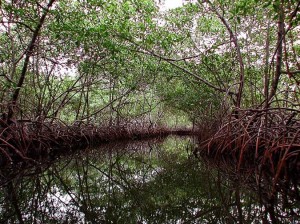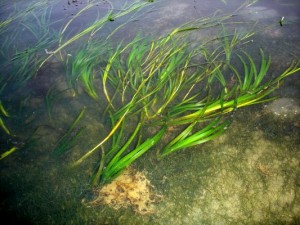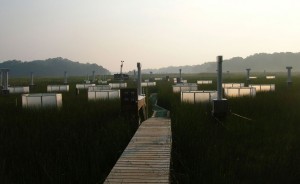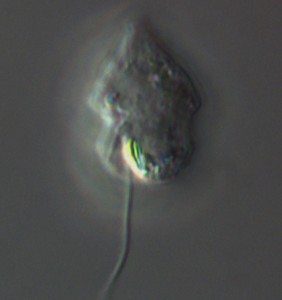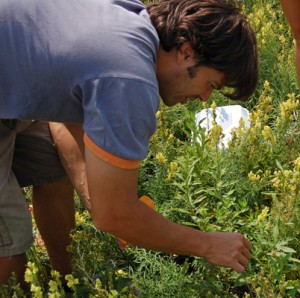If you’re a fish or crab living in the Chesapeake Bay, it’s quite possible that at some point during your life, you’ll make your way into one of the creeks, rivers or subestuaries that feed the Chesapeake. These areas provide important nursery and spawning habitat for many of the Bay’s aquatic residents. For more than 25 years, researchers from the Smithsonian Environmental Research Center’s Fish and Invertebrate Ecology Lab have taken a weekly survey of the species that make their way into and out of one of these creeks. Its name is Muddy Creek and it feeds into the Rhode River, which flows into the Chesapeake Bay.
View Muddy Creek and the Rhode River in a larger map
To survey the animals swimming up and down Muddy Creek, the researchers use a fish weir — an expanse of nets, gates and boardwalks — that temporarily blocks aquatic traffic. Once a week, the researchers close the weir, set out the nets and identify and count all the species that get trapped. Their data go back to 1983.
This type of fine-scale surveying, that’s done on a weekly basis, is rare. It’s even more unique to have such long-term data. Many ecological studies are funded for just a few years at a time. These short time frames can make it difficult for scientists to observe changes and patterns in species populations and composition.
Human activity and environmental conditions can affect which species are swimming in Muddy Creek. The water is brackish and salinity levels change seasonally and from year to year. During winter and early spring, when freshwater flow is usually the highest, researchers will generally catch more freshwater species like bluespotted and banded sunfish – two protected species in Maryland. During periods of high salinity, researchers can catch many species indicative of the higher saline lower Bay such as, red drum, spotted sea trout, and Spanish mackerel.
In honor of the 2010 U.S. Census, we thought we’d share photos from one of this month’s surveys. The salinity on this April day was fairly low (~ 5 ppt) and nearly a dozen golden shiners (a freshwater minnow) were caught along with several estuarine-resident and a few diadromous (fish that migrate between fresh and saltwater) species. Among the highlights: a sizeable snapping turtle, many white perch in spawning condition, juvenile American eels and a parasite.
You can read more about SERC’s Muddy Creek survey on our website.

